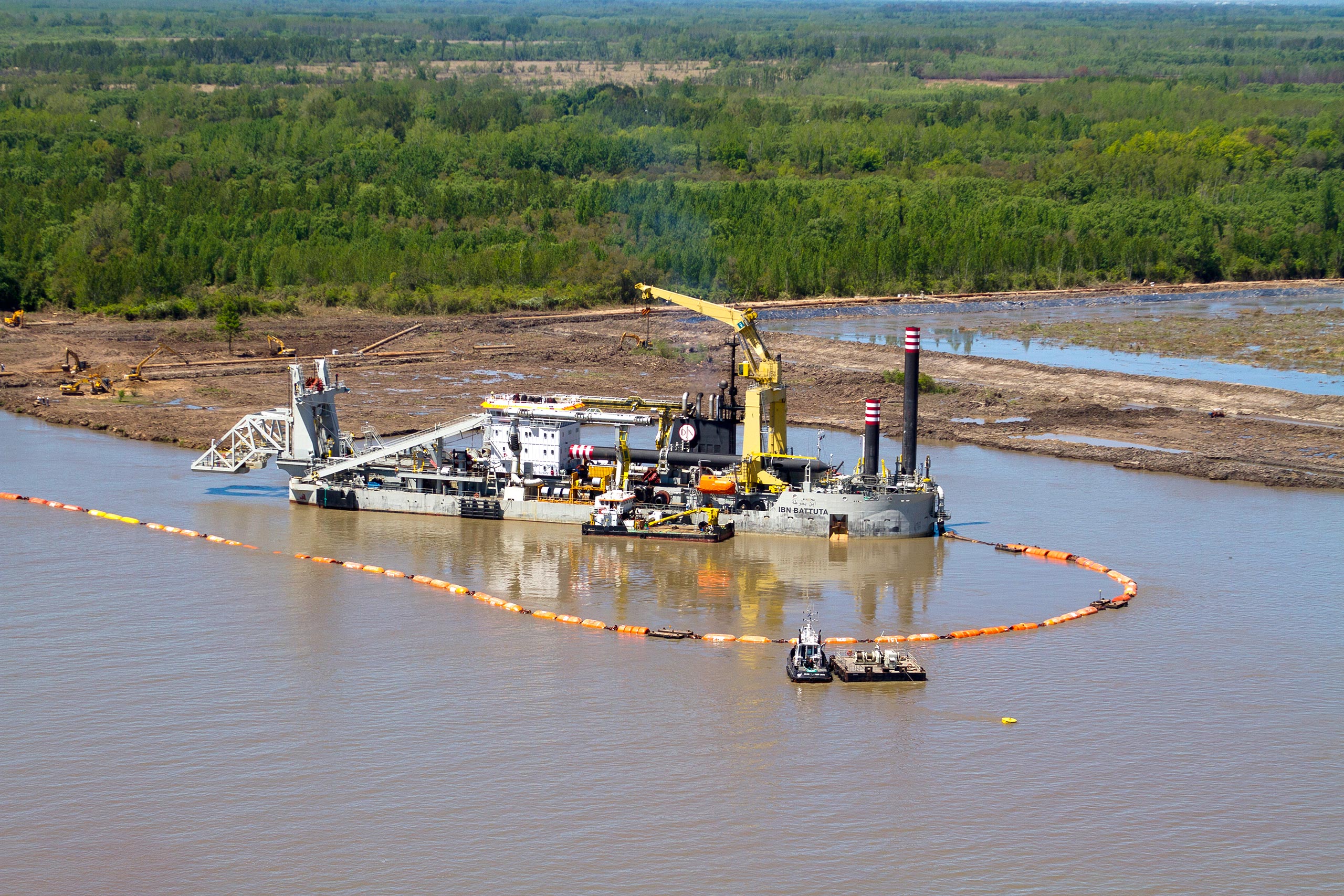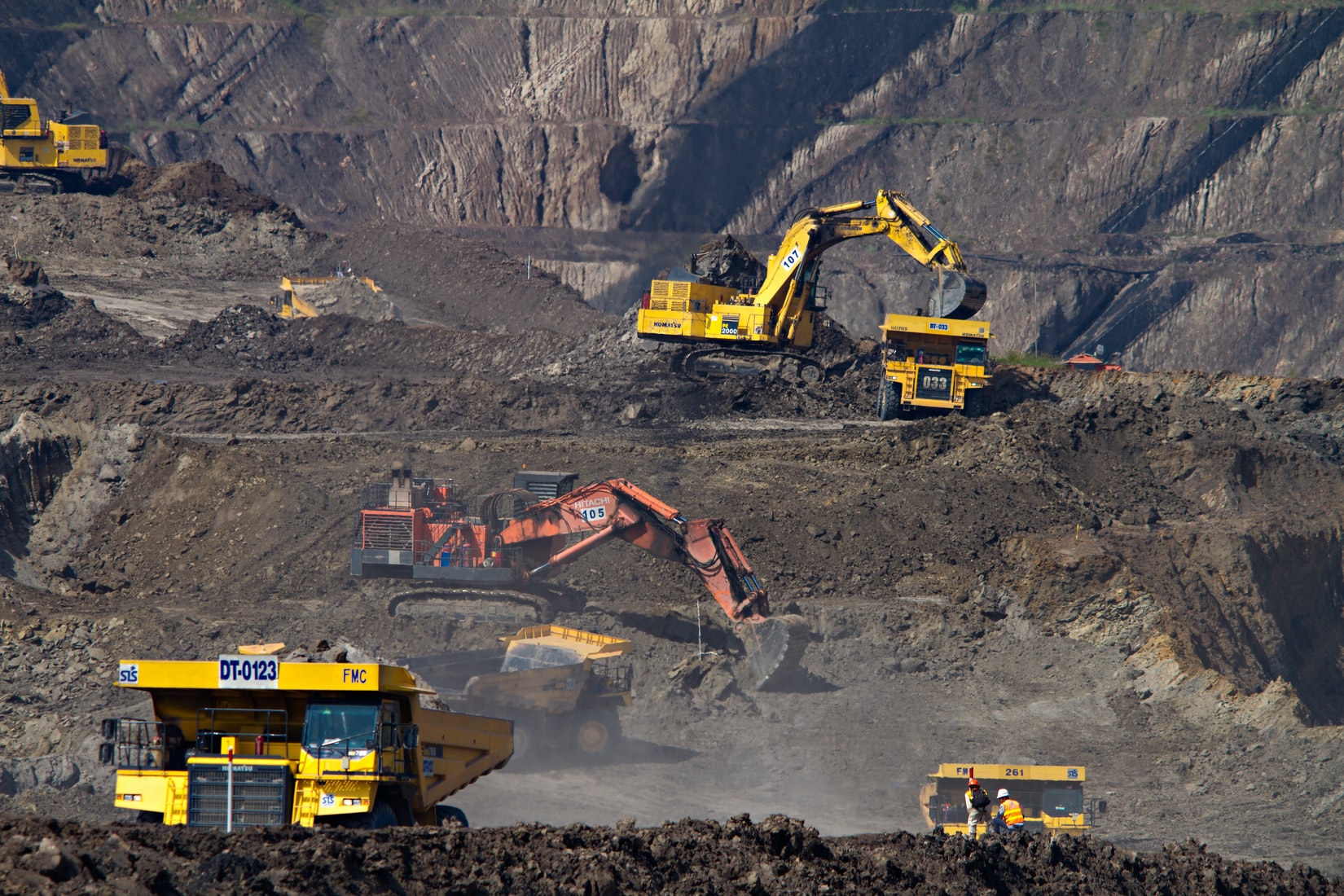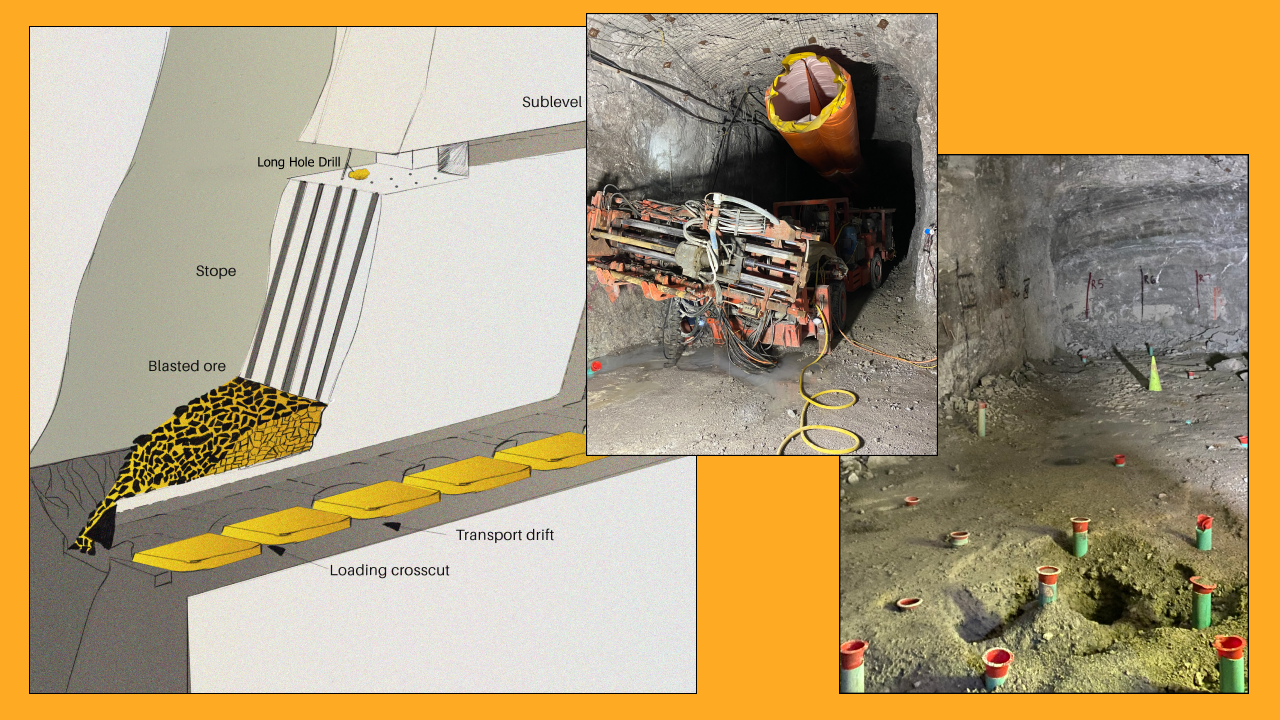Dredging is a crucial process used to excavate and remove sediment and debris from the bottom of bodies of water, including rivers, lakes, and harbors. This technique plays an essential role in maintaining navigable waterways, supporting construction projects, and facilitating various industrial activities. This article explores the methods of dredging, its applications, and the environmental considerations that come with it.
What is Dredging?
Dredging involves the removal of material from the bed of water bodies to deepen or widen them, creating channels for navigation or clearing away sediments that may obstruct passage. The dredged material, often referred to as spoil, can consist of sand, mud, silt, and organic matter, which can be either disposed of in designated areas or repurposed for various uses.
Techniques of Dredging
- Mechanical Dredging: This method uses mechanical equipment such as buckets, clamshells, or draglines to scoop up sediment. The dredged material is then lifted and deposited onto a barge or directly onto the shore. Mechanical dredging is effective for harder substrates and is commonly used in construction projects.
- Hydraulic Dredging: This technique utilizes high-pressure water jets to fluidize the sediment, which is then vacuumed up by a suction dredge. Hydraulic dredging is particularly efficient for removing softer materials, such as mud and sand, and is widely used in maintenance dredging for navigation channels.
- Cutter Suction Dredging: This specialized form of hydraulic dredging employs a rotating cutter head to break up the substrate before suctioning it. This method is effective for hard or compacted materials and is often used in deep-water projects.
- Environmental Dredging: This technique focuses on removing contaminated sediment while minimizing disturbance to the surrounding environment. Environmental dredging often involves careful monitoring and specific methods to avoid releasing pollutants back into the water column.
Applications of Dredging
- Navigation: Dredging is essential for maintaining navigable waterways, ensuring that shipping channels and ports remain deep enough for vessels to pass safely.
- Land Reclamation: Dredged materials can be used to create new land, particularly in coastal areas. This process involves depositing spoil in designated areas to build up land for development or ecological restoration.
- Environmental Remediation: Dredging is used to remove contaminated sediments from water bodies, aiding in the restoration of ecosystems affected by pollution.
- Construction and Infrastructure: Dredging is often a preliminary step in construction projects involving bridges, docks, and underwater pipelines, providing the necessary depth for safe installation.
Environmental Considerations
While dredging serves many vital functions, it also raises environmental concerns:
- Ecosystem Disruption: The removal of sediment can disrupt local ecosystems, affecting fish habitats, aquatic plants, and other wildlife. Dredging can also resuspend sediments, which may contain pollutants that can harm aquatic life.
- Water Quality: Dredging can negatively impact water quality by increasing turbidity (cloudiness) and releasing contaminants trapped in sediments. This can lead to oxygen depletion and harm aquatic organisms.
- Alteration of Sediment Patterns: Dredging can change natural sediment transport processes, potentially leading to erosion in other areas or altering habitats for fish and other wildlife.
- Regulatory Compliance: Dredging projects are often subject to strict environmental regulations. Permitting processes typically require detailed assessments of potential impacts and the implementation of mitigation measures.
Innovations in Dredging
The dredging industry has seen significant advancements in technology aimed at improving efficiency and minimizing environmental impacts:
- Remote Sensing and Mapping: Advanced mapping technologies, such as sonar and satellite imagery, help accurately assess underwater conditions and optimize dredging operations.
- Eco-Friendly Dredging Equipment: Newer dredging technologies are designed to reduce environmental disturbances, including specialized suction systems that minimize resuspension of sediments.
- Monitoring and Assessment: Enhanced monitoring systems provide real-time data on water quality and sediment dynamics, allowing for more informed decision-making during dredging operations.
Conclusion
Dredging is a vital process with diverse applications, from maintaining navigable waterways to supporting environmental remediation efforts. While it offers significant benefits, the environmental impacts associated with dredging cannot be overlooked. As the industry continues to evolve, embracing innovative technologies and sustainable practices will be essential for balancing the need for resource extraction and infrastructure development with the protection of aquatic ecosystems. By prioritizing responsible dredging practices, we can ensure that this essential activity contributes positively to both human development and environmental stewardship.



